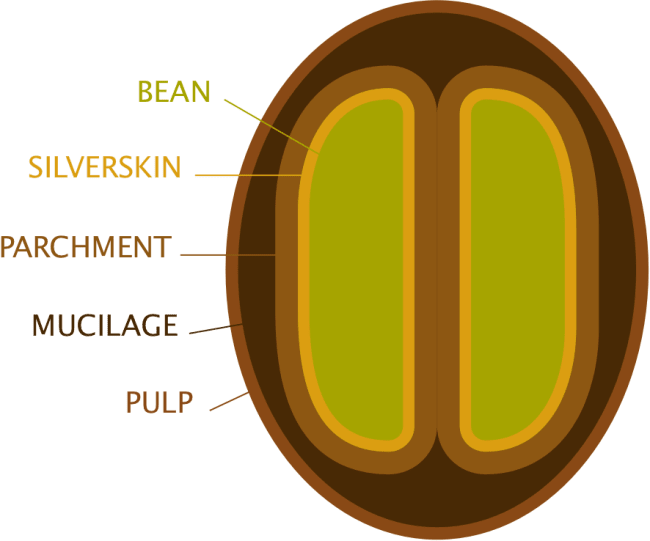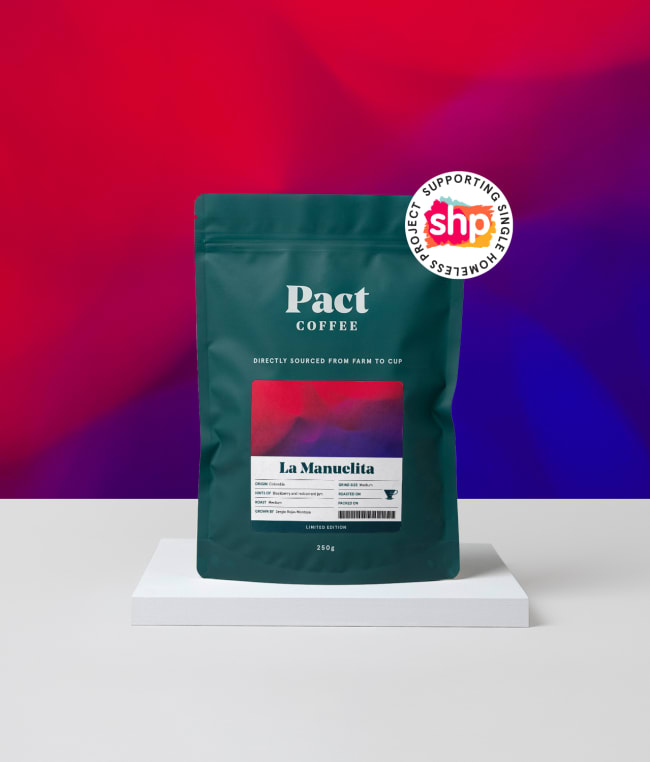Once they’re harvested, the cherries are processed one of three ways.
Even the savviest coffee lovers might not be aware that there are three different processing methods used to take coffee from the cherry that’s picked off the tree to the green bean that’s ready to be roasted. They are ‘washed’, ‘pulped natural’ and ‘natural’ and they can really alter the taste of a coffee you end up with. Here’s how:
Washed coffees
…Have clarity of flavour. These coffees tend to have the crisp, fruity acidity of fresh fruits like apples and pears or blueberries. They also often have richer flavours, like dark chocolate.
And this is how it’s done
The beans are separated in a tank of water (ripe ones sink, unripe cherries float to the top). Two large cylindrical graters then remove the majority of the pulp, before they’re placed in water takes and left to ferment for 18-36 hours. Next, they’re rinsed and dried in the sun for a week or two. Lastly, the beans pass through a machine called a dehuller to remove the papery ‘parchment’ outer-layer left on the beans.
Pulped natural coffees
…are a little bit sweeter. These coffees have good cup clarity and lower acidity, and tend to have sweeter, ripe fruit and nutty flavours. Think plums, cherries, hazelnuts, almonds and cashews.
The method
This process is the same as the washed method, except that the beans aren’t fermented. Instead, after the pulp is removed they go straight onto the drying beds. They’re left to dry in the sun for two to three weeks. They’re then passed through a dehuller, removing the remaining parchment layer.
Natural coffees
…Can be intensely sweet and low in acidity. The flavour generally isn’t as clean as washed or pulped natural coffees. The flavours resemble stewed fruits, milk chocolate and cocoa powder.
How they do it
Naturally processed coffees don’t come into contact with water at any point. They’re sorted by hand and laid out to dry on patios for more than three weeks. Finally, the dried cherries are put through the dehuller, which reveals the green bean inside.







